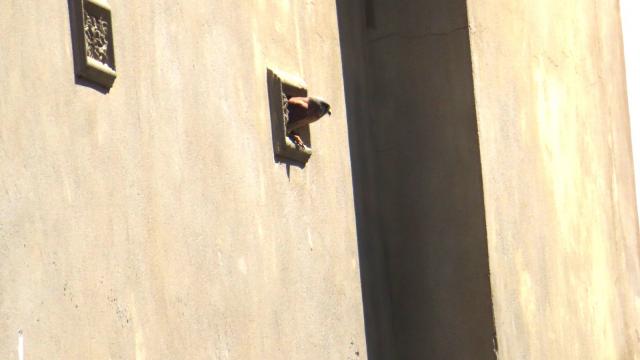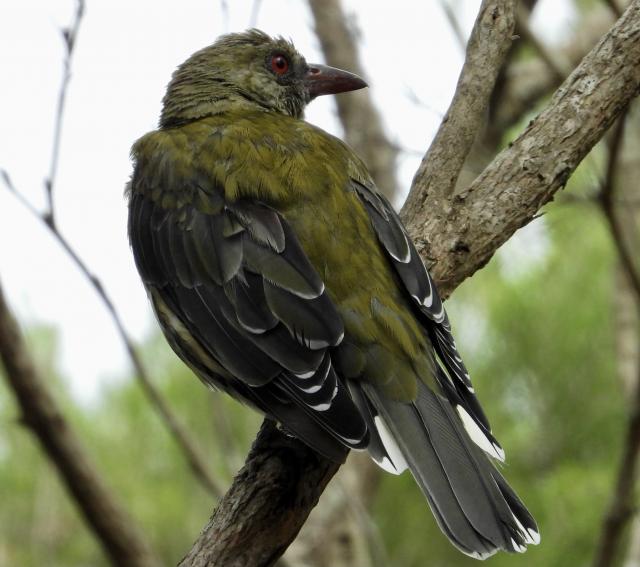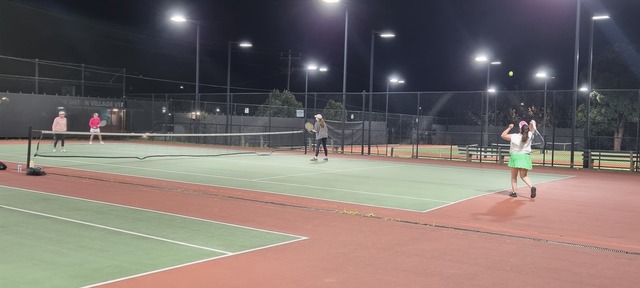I’ve had a minor camera malfunction this fortnight so do not have many photos to share.
I have been out and about on a few occasions and saw a ‘Birds on Farms’ survey in Wallington, as well as a walk around Robyn’s lovely property in Wallington.
On the farm I saw weebills, striated pardalotes, a collared sparrowhawk being chased by two sulphur-crested cockatoos, red-browed finches and many silvereyes.
The striated pardalotes were particularly photogenic. On Robyn’s property I searched in vain for the tawny frogmouths that were recently in the yellow gums, but did see more than 20 species of birds, including black-faced cuckoo-shrikes, red-rumped parrots, red-browed finches and white-plumed honeyeaters.
On a dark and drizzly day I drove down to Emily’s pond in Point Lonsdale, where I’d seen that Robin spry had photographed a Latham’s snipe and a spotted crake in the one photo, which was incredible.
I saw two spotted crakes, but no Latham’s snipe, and had a lovely wander around until the rain put an end to my stroll.
I received an email from Andrea Dennett who is the former organiser of the Bellarine Friends of the Hooded Plover.
Andrea thought that she heard a familiar call one afternoon, so she grabbed her binoculars, and high up in the tree located three houses from Andrea’s house was a bird of prey.
Andrea went inside to get her camera and as soon as she had a perfectly focused shot the bird flew off, chased away by the maggies.
It then settled into a tree in the yard of one of Andrea’s neighbours. Going by the bird’s call, size, and rounded tail, Andrea concluded that the bird was a juvenile male brown goshawk.
Andrea is so lucky that this bird hung around for a photo after being chased off by the Australian magpies.
I read recently that juvenile brown goshawks can be seen in backyards, and when they are older and wiser they learn to avoid areas where there are people.
I received a message from Tayler Suze who lives in Ocean Grove. She was in Queenscliff looking at the side of a building near the old Ozone building, when she noticed a nankeen kestrel coming out of an air vent in the side of the building.
The kestrel had its head out of the vent for quite a while. Nankeen kestrels have been known to nest in a wide variety of sites, including tree hollows, caves, ledges on the outside of buildings, and occasionally on the ground, so perhaps there is a kestrel nest on the air vent.
I received an email from Carole, who had spent a couple of days across the bay birding on the Mornington Peninsula.
The weather wasn’t great but Carole managed to spot an olive-backed oriole.
Carole has been told that they are heard a lot in the Bellarine but are shy and are not easily seen.
These birds range is from the very north of Western Australia, across the east and south coasts to Victoria and the corner of South Australia. Most birds breed in the northern states during the tropical wet season, but some migrate south to breed in the southern summer.
As Carole pointed out, the bird that she saw should be heading north soon to enjoy the warmth of the northern states.
Carole also took a lovely photo of a white-browed scrubwren, which are birds that are difficult to photograph as they hide in the bushes.
Thanks so much for the lovely emails and observations, they are much appreciated.











